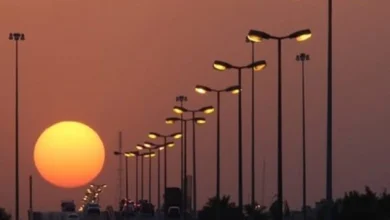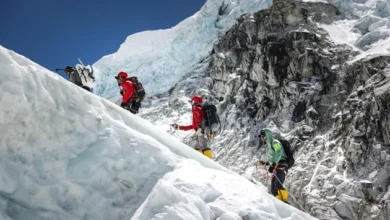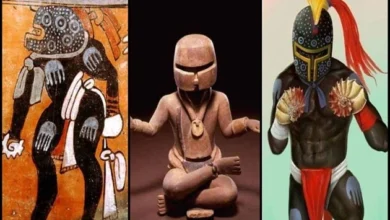How 14 countries built the world’s longest road and how to travel it
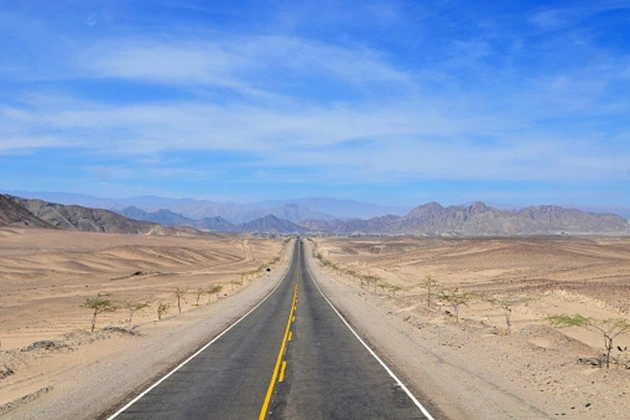
Travel is always tempting, but one thing can exceed all. You need to be a tourist at heart because the Pan-American road is very unusual and will leave a lot of impressions. You need the courage to overcome 30,000 km and go through all the climatic zones, but you can only imagine what kind of sensations it will reward. Winter, summer, cold, heat, tropics, and glaciers are all in one road, a real paradise for travelers. But the road is full of surprises, and it won’t be easy because, for a moment, it is interrupted by the impassable Darien gap.
Construction of a road with a length of 30 thousand km
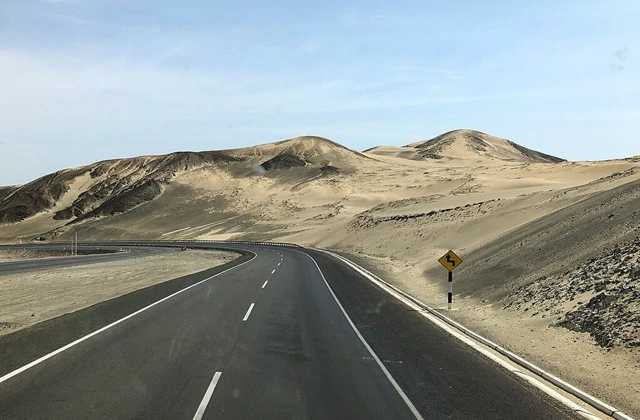
The idea of building a long road to connect all the states of America belongs to the United States as the country most interested in this. But she couldn’t do it alone, because the road had to pass through other countries. It can be called an international one, which affected 14 countries. However, it also affected the duration of the realization of the idea. Time was spent thinking, reasoning, and other delaying factors. The idea of 1889 suggested that it would be a railway, but it was postponed for a good 30 years, and when it was revived in the 20s of the XX century, it already looked like a highway.
Two road sections were built during the war to supply and maintain important regions if the waterway became impossible due to submarines. Visit. A F R I N I K . C O M .For the full article. In addition, America saw the road as establishing good neighborly relations with the countries of Argentina, Colombia, Nicaragua, Chile, Honduras, Bolivia, Canada, El Salvador, Panama, Peru, Costa Rica, Mexico, Guatemala, and America proper. Hopes were also pinned on the development of tourism. It became clear that this road would bring money, but first, it had to be built, and there were many obstacles to this.
The Mexicans were the first to build their site, taking a loan from America. The creation of the Carrera Pan Americana was completed in 4 years, and this 3,436 km stretch became a race track for a while. It stretched from the northern to the southern border of Mexico, skirting the hills smoothly because the French were engaged in construction, which was their way of building roads. High-speed racing was very popular on this track, but because it often resulted in the death of a participant, they were soon transferred to another format. This part of the road is used for beautiful retro car rides on holidays and festivals.
Climatic changes on the Pan-American Highway
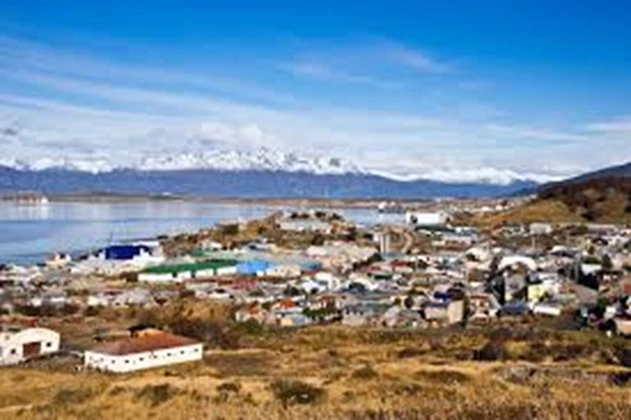
The Pan-American Road begins in Alaska and ends behind the Argentine city of Ushuaia, the southernmost city on the planet. It is also unique in that it runs along the meridians, not parallels, like other international roads. This has led to travelers having to visit different climatic zones.
Due to weather events, difficult road sections can only be traversed during a specific period to avoid getting off-road. This adds complexity for those who have independently overcome the entire path. A traveler starts with glaciers but ends up in tropical forests, enters the rainy season at the equator, can sunbathe on the shores of tropical beaches, and crosses the driest place on the planet—the Atacama Desert.
Starting a trip from Alaska, the traveler gets to Canada, and then there are two options to cross it—America, which will lead to Texas, and then crossing the border with Mexico. Then, the road will lead to the Pacific Ocean, and along the coast, you will come across the Isthmus of Darien, after which the road lies along the coast of South America. The traveler will pass through Colombia, Ecuador, and Peru.
Then you must turn around towards Chile and Argentina, and only then to the most extreme point of Ushuaia, bypassing Buenos Aires. Several ways to overcome the path make this journey even more interesting. You can turn into the Venezuelan city of Guiria and find the beginning of the southern section of the highway or drive deep into any country.
The Darien Gap: An 87-kilometer isthmus on the border between Panama and Colombia
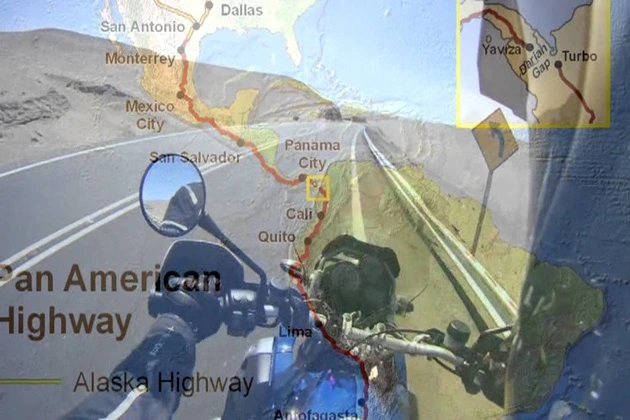
Although the Pan–American Highway is considered an integral road, it has an 87-km gap in one place, called the Darien Gap. It is found in humid equatorial forests, like dense, impenetrable tropics. This is the segment between the Panama Canal in Panama and the northwestern part of Colombia.
When the road was being built, the local population protested and feared that their traditional foundations would collapse after its appearance. Environmentalists worried about preserving the unique vegetation, and politicians were afraid that it would become expensive for illegal drug trafficking from Colombia. While the arguments and discussions lasted, the desire to build a road disappeared.
America sponsored the construction in 1971, but then environmentalists defended the inviolability of the Darien and Los Katios National Parks. In the early 90s, there was another attempt, but the UN Commission recognized that its construction would lead to serious violations in the region’s ecology, and the case was closed again.
The Darien section remains the most impassable. Although travelers try to overcome it by car, the equipment cannot withstand the difficulties—swamps, rocky coastal roads, rubble, and much more. Therefore, it remains broken as a monument to the fact that nature does not want an alien body to pass. But you can still go through it, only by bypassing it.
They launched a ferry from Turbo in Uraba Bay to the Panamanian port. The Darien gap was conquered by those who rode motorcycles, all-terrain vehicles, bicycles, or as the most reliable means – their legs, perseverance, and perseverance. Although difficult, it allows you to see the pristine nature, which is already too little on the planet.
The intricacies of highway tourism: weather, politics, traditional views
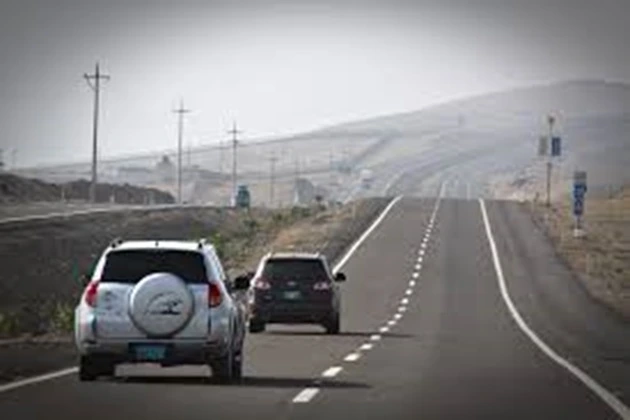
Auto tourism is a way to get a better look and visit wherever you want and for as long as you want. Especially if you go along the longest road, stretching for 30 thousand km. For many, it may seem that there is nothing complicated – the road is like a road, but because of its length, difficulties begin. Not all countries have the same laws, not everyone loves each other, and much more. A tourist should know, for example, that when leaving the United States, it is worth stocking up on engine oil, changing tires, and taking spare ones because high-quality service will no longer be available.
The distance can be covered quickly, and not very much, so there may be several plans. But even if you drive 10 hours a day, you can only drive it for six months. The night road is primarily full of surprises that locals can warn about, so driving during the day is better.
The weather is another miracle of the Pan–American Highway. You can leave Alaska in snowfall and find yourself back at the other end of the route, all because of the different climatic zones, when winter does not come at various points simultaneously. Snowfall occurs in Alaska and Northern Canada from October to April, and the same weather occurs from June to October in Ushuaia.
In the Central part of America, heavy rains can make the journey difficult. Politics and social issues are not in the last place, but if you approach everything calmly, politely, and with tolerance, any issues will be resolved.
The Pan–American Highway is a gem of tourism, but not for everyone
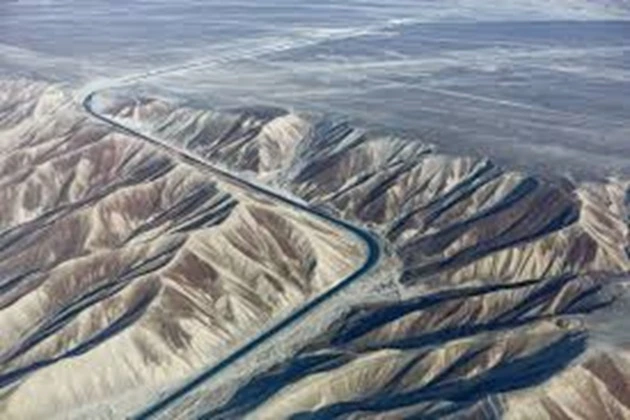
Traveling through countries, deserts, and everything else in the path of the Pan-American Highway can be a real gem for a true traveler. If you have time, you can see a lot. For example, it took tourist and writer Dan the Greek two years, but he took his time and looked into all corners along the highway.
You can drive inland by slightly deviating from the road and breaking away from the coast. You can see Machu Picchu, one of the wonders of the world. In Guatemala, the writer saw the lava of a volcano and poked it with a stick, fried marshmallows over its heat, climbed a 7-kilometer glacier in Ecuador, and drove through the salt plains of Uyuni. I lived in the mountains of Patagonia for 5 months alone with nature. This trip provides an opportunity to visit the Mayan ruins and see people who speak only their language because they are far from civilization.
For those who are ready for challenges, the highway will be an unforgettable journey because, along the way, you communicate with people of different nationalities and get acquainted with their way of life and traditions. You can try various dishes you didn’t even know about. In Mexico, you can eat tacos for 5 cents; in Peru, a huge plate of food is served for 50 cents. A personal car and knowledge of an additional language, such as Spanish, help in communication, which means that impressions will be added.
There are many horror stories among tourists about the dangers that lie in wait along the way. Writer Dan Grec advises finding someone who has traveled this route and thinks that that person is delighted, and everything else is speculation. The Pan–American Highway is an experience that a traveler gets and an introduction to different cultures. It’s not suitable for everyone, but it’s worth it.
Someone has thousands of kilometers of paved roads, but there is a country with only 1,000 of them and 50 airports. Tourists rarely visit this country, but those who do can’t contain their delight at what they see—you can’t see such a flavor of ethnic groups anywhere.

